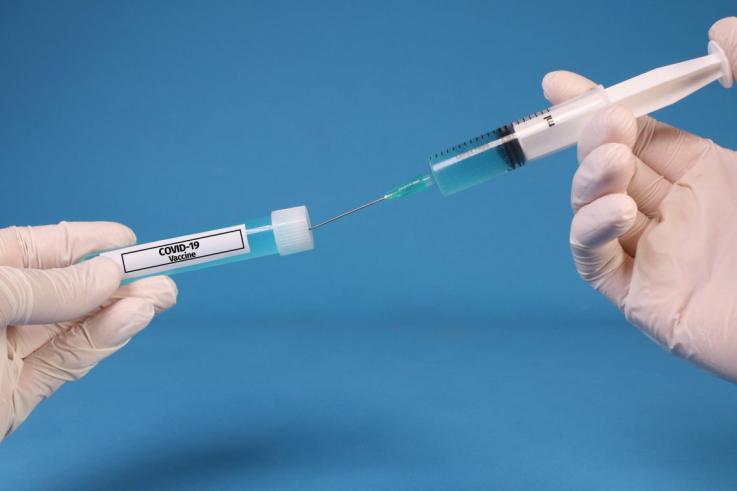
Jake Ellison, UW News
When a vaccine to fight COVID-19 has been approved by the FDA for distribution, it’s unlikely that at first there will be enough doses for everyone. Consequently, the United States will need an equitable and effective plan for who gets those first doses, how they get them and who’s next.
Just as important, that plan — like the vaccine itself — has to be trusted and accepted by the general public.
To accomplish this complicated and potentially fraught task, the CDC Advisory Committee on Immunization Practices, which guides the CDC’s distribution of FDA-authorized vaccines, has been holding public meetings and gathering scientific evidence.
On Thursday, the committee published a JAMA Viewpoint article explaining the scientific and ethical principles guiding the development of the recommendations it will make to the CDC. The Viewpoint article also sets out several recommendations the Advisory Committee is considering for those first days, when vaccine supplies will be limited.
Dr. Beth Bell, lead author of the Viewpoint and a clinical professor of global health in the UW School of Public Health, said: “An important objective of the JAMA article is to help inspire public confidence. We are a group of outside experts, committed to making decisions based on the best available scientific evidence in a clear and transparent way. We want people to understand the process.”
The recommendations the committee is considering address that early window when there are not enough doses to go around. Based on available data, the committee writes: “There is a clear consensus” that initial doses should be used to vaccinate health care personnel. However, Bell emphasized, recommendations will not be made until a vaccine is authorized or licensed by the FDA and the advisory committee has conducted an independent review.
Health care personnel means the 20 million people who work in hospitals, long-term care and assisted living facilities, and the staff of home health care facilities, outpatient clinics, pharmacies and emergency medical services. These workers have the highest potential for direct or indirect exposure to patients or infectious materials, the article states.
The committee is considering a number of other groups for the next step of this first phase. These include essential workers: 60 million people who work in food production and distribution, education, law enforcement and other jobs that support critical infrastructure. Also in this “Phase 1b” population could be the roughly 100 million adults with one or more high-risk medical conditions (for example obesity, diabetes or cardiovascular disease) and 53 million adults ages 65 and older, including the 3 million living in long-term care facilities.
“We are very aware of the strong evidence that certain disadvantaged populations have been disproportionately affected by the pandemic. And we are determined to do everything we can to make sure that those populations have fair and equitable access to the vaccine,” said Bell, who is a voting member of the committee.
“If we assume for the moment that the FDA has authorized or licensed a number of vaccines which are safe and effective, then one of the biggest challenges is going be the complexity of the distribution process. Recognizing this, we have been considering feasibility and implementation issues in our decision-making process. But I think probably one of the greatest, if not the greatest, challenge is going to be inspiring people to have confidence in the process, in the fairness, in the transparency — and to trust that it’s a good idea to get vaccinated,” said Bell.
Bell and the other 14 members of the Advisory Committee on Immunization Practices hope the ethics driving their process and their focus on vaccine safety will inspire that trust.
“We always put safety first. We are watching the clinical trials very closely and evaluating safety, as is the FDA and their advisory committee. And we will be continuing to look closely at the safety of the vaccines as we go forward,” Bell said.
Co-authors include Dr. José Romero, University of Arkansas and Arkansas Department of Health, Little Rock; and Dr. Grace Lee, Stanford University School of Medicine. The article reflects the opinion of the entire committee.
###
To arrange interviews with Dr. Bell, contact Jake Ellison at Jbe3@uw.edu.
See story on UW News.
Related articles:
Will the Hardest-Hit Communities Get the Coronavirus Vaccine? (quotes Beth Bell), NY Times
Pfizer Coronavirus Vaccine Could Be Cleared by Mid-December Following Release of Data Showing it is More than 90 Percent Effective (quotes Beth Bell), The Washington Post